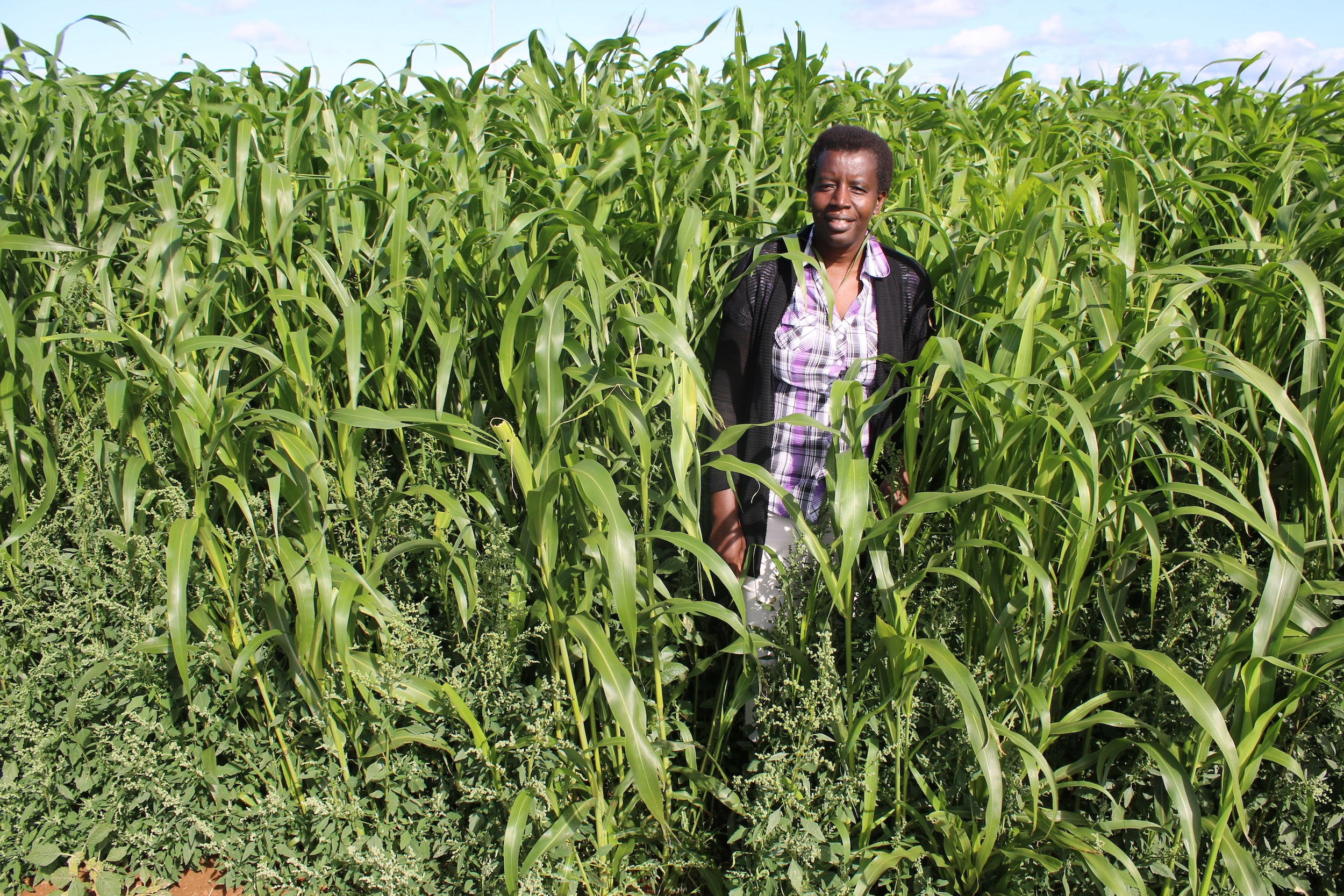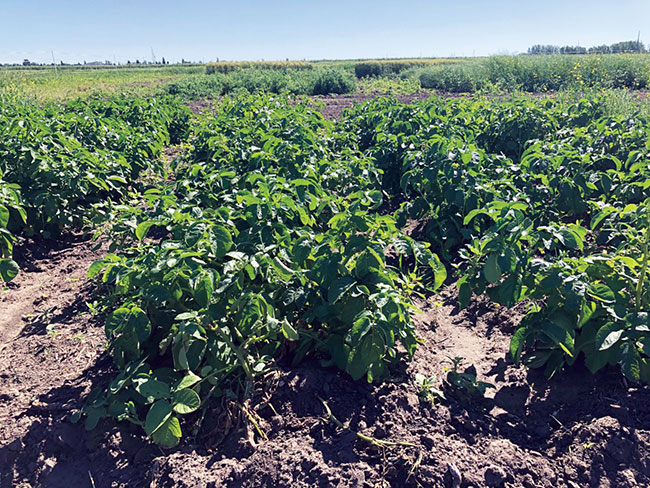| |
| |
| |
 |
|
@{mv_date_MMM d, yyyy}@ |
| |
|
| |
The word "humble" is often used to describe potatoes. But these crops can be surprisingly demanding divas when it comes to nitrogen. With such high N demands, this special eNewsletter focuses on optimal crop nutrition and fertility for potatoes.
- Bree Rody, editor
|
|
| |
|
| |
 With emissions under the microscope, some farmers are curious about making the switch to higher-efficiency fertilizer products. Recent Canadian research looks at how these products affect yields.
» Read More...
With emissions under the microscope, some farmers are curious about making the switch to higher-efficiency fertilizer products. Recent Canadian research looks at how these products affect yields.
» Read More...
If looking to reduce the amount of nitrogen-based fertilizer applied to potatoes but still generate an optimal crop, the AAFC's annual Plowdown Challenge results could be of interest. This year, the challenge incorporated manure application for the first time.
» Read More...
Potatoes grown in irrigated soils have specific needs that affect their nutrient requirements. This guide from University of Minnesota Extension delivers all the details on how to form an effective nutrient management plan for irrigated potatoes.
» Read More...
|
| |
|
| |
 Farmers are always looking for ways to boost their soil's health, while not sacrificing (or even while improving) yields. Enter crop residue – materials left behind in the soil following harvest. This residue can store more carbon in the soil, reducing GHG emissions while delivering positive effects to the next yield. Potatoes naturally don't leave behind much residue – but the right combination of manure and cover crops can help deliver those positives.
» Read More...
Farmers are always looking for ways to boost their soil's health, while not sacrificing (or even while improving) yields. Enter crop residue – materials left behind in the soil following harvest. This residue can store more carbon in the soil, reducing GHG emissions while delivering positive effects to the next yield. Potatoes naturally don't leave behind much residue – but the right combination of manure and cover crops can help deliver those positives.
» Read More... |
| |
 Saskatchewan is not exactly known as a potato powerhouse. But a four-year study from the University of Saskatchewan that looked at the benefits of cover cropping in the province specifically to improve soil nutrient cycling found some positives for potato production systems, which may benefit from cover cropping. With potatoes' high N needs in mind, the study looked at the ideal rotation, seeking to find the top nitrogen performers.
» Read More...
Saskatchewan is not exactly known as a potato powerhouse. But a four-year study from the University of Saskatchewan that looked at the benefits of cover cropping in the province specifically to improve soil nutrient cycling found some positives for potato production systems, which may benefit from cover cropping. With potatoes' high N needs in mind, the study looked at the ideal rotation, seeking to find the top nitrogen performers.
» Read More... |
| |
| |
|
| |
|
|
| |
| |



